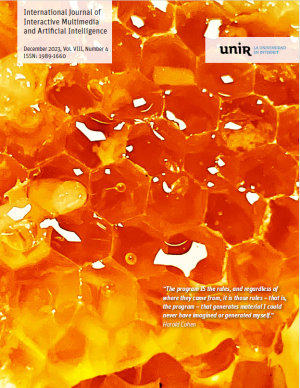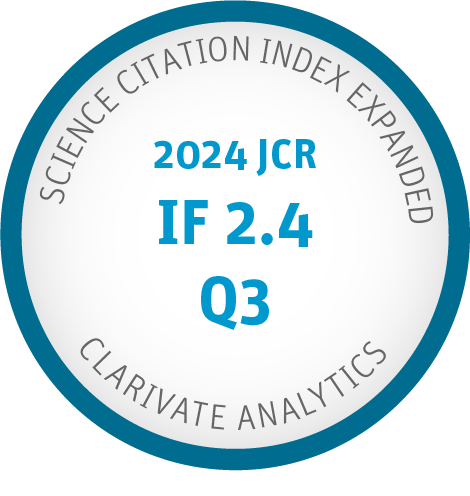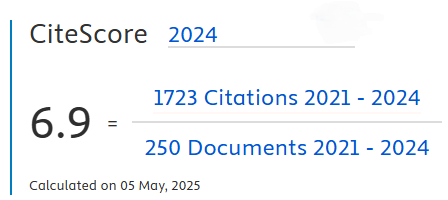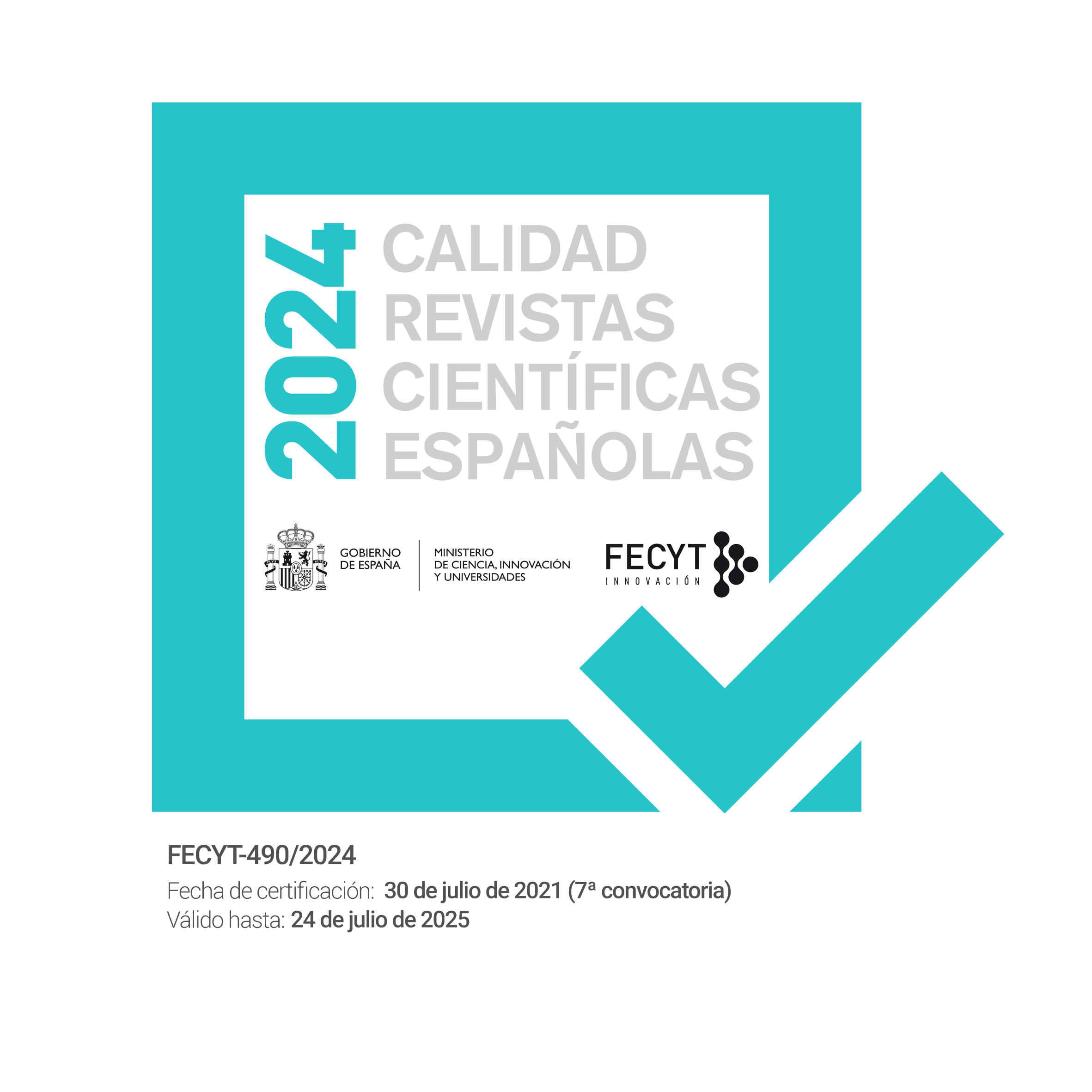ConvGRU-CNN: Spatiotemporal Deep Learning for Real-World Anomaly Detection in Video Surveillance System.
DOI:
https://doi.org/10.9781/ijimai.2023.05.006Keywords:
Anomaly Detection, Crime Detection, Convolutional Neural Network (CNN), Deep Learning, Video Surveillance, Convolutional Gated Recurrent Unit (Convolutional GRU)Abstract
Video surveillance for real-world anomaly detection and prevention using deep learning is an important and difficult research area. It is imperative to detect and prevent anomalies to develop a nonviolent society. Realworld video surveillance cameras automate the detection of anomaly activities and enable the law enforcement systems for taking steps toward public safety. However, a human-monitored surveillance system is vulnerable to oversight anomaly activity. In this paper, an automated deep learning model is proposed in order to detect and prevent anomaly activities. The real-world video surveillance system is designed by implementing the ResNet-50, a Convolutional Neural Network (CNN) model, to extract the high-level features from input streams whereas temporal features are extracted by the Convolutional GRU (ConvGRU) from the ResNet-50 extracted features in the time-series dataset. The proposed deep learning video surveillance model (named ConvGRUCNN) can efficiently detect anomaly activities. The UCF-Crime dataset is used to evaluate the proposed deep learning model. We classified normal and abnormal activities, thereby showing the ability of ConvGRU-CNN to find a correct category for each abnormal activity. With the UCF-Crime dataset for the video surveillance-based anomaly detection, ConvGRU-CNN achieved 82.22% accuracy. In addition, the proposed model outperformed the related deep learning models.
Downloads
Downloads
Published
-
Abstract58
-
PDF4








